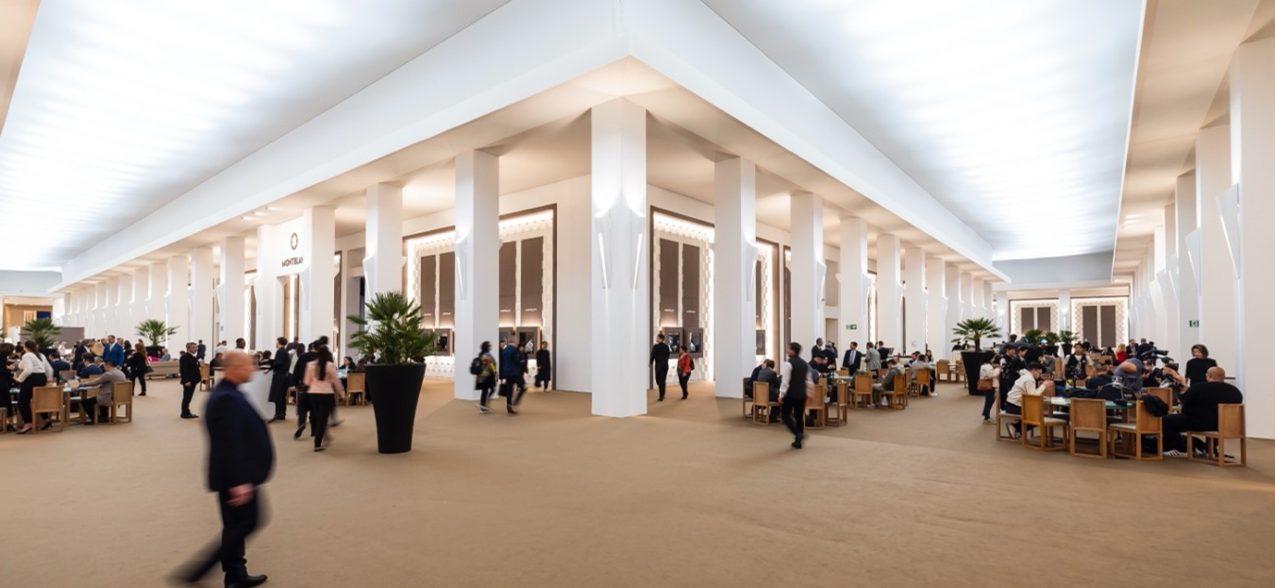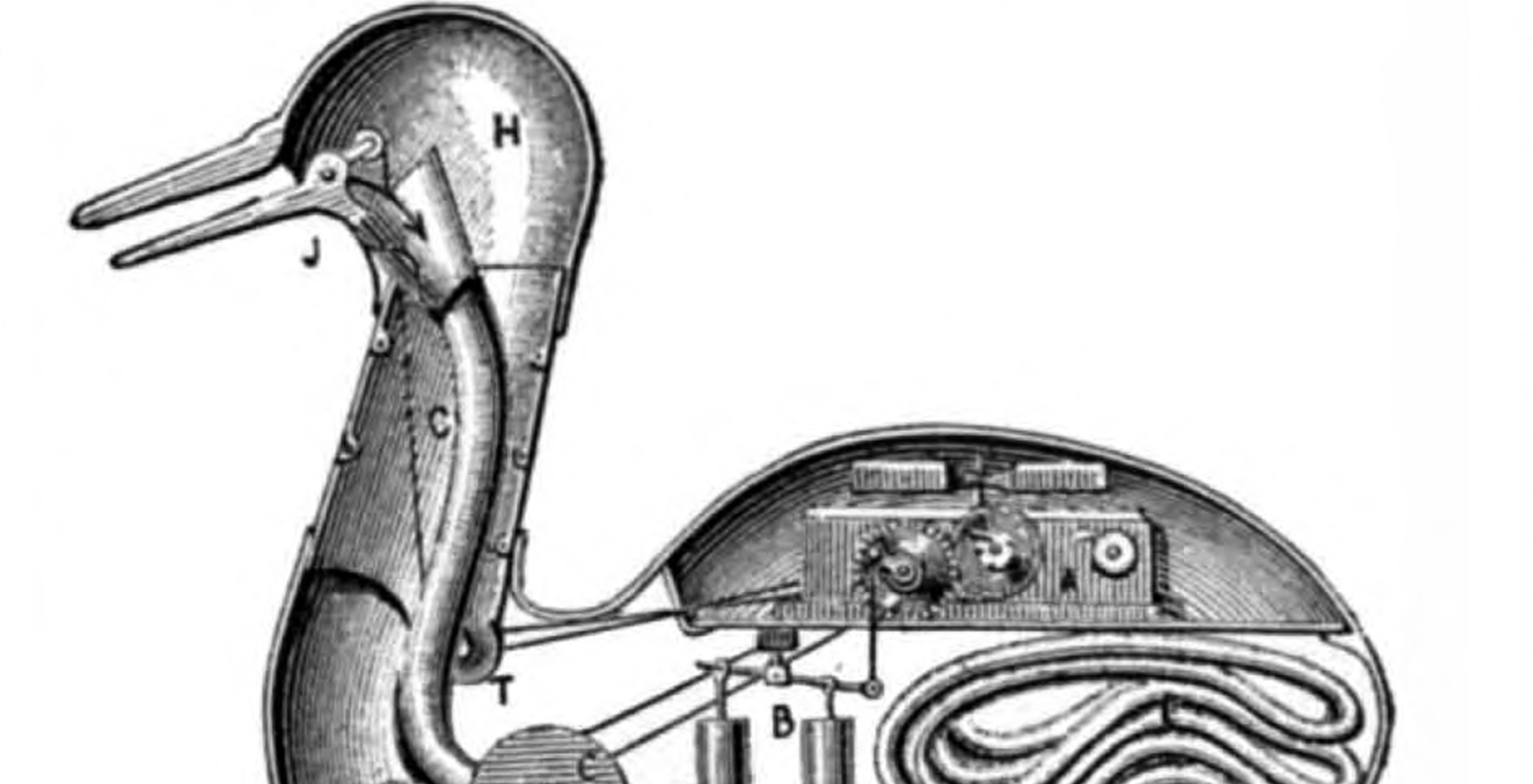British-Nigerian artist Yinka Shonibare has returned to the Serpentine with his first solo exhibition in London in 20 years.
Titled Suspended States, the show looks to explore the many repercussions of colonization, Europe’s imperial history and subsequent endeavours for peace. The compelling artworks delve into key themes such as the enduring legacies of colonialism, spaces of refuge and sanctuary.
Besides pictorial quilts and woodcuts and installations, Suspended States include two new large-scale artworks, Sanctuary City and War Library.
The Turner-prize nominee artist, who first exhibited at Serpentine South in 1992, is aware that the layered and political nature of his work has only become more prescient over time. “My work has always been about crossing the boundaries; geographically, visually, historically and conceptually. Suspended States addresses the suspension of boundaries, whether psychological, physical or geographical – all boundaries of nationhood are in a state of suspense,” says Shonibare.
“My work has always been about crossing the boundaries; geographically, visually, historically and conceptually.”
– Yinka Shonibare
Central to the exhibition is an installation called Sanctuary City, made up of miniature buildings that represent places of refuge for those in society who are persecuted; and also War Library, which consists of 5,000 books, including peace treaties, that have been bound in batik, a Dutch wax print fabric for which the artist is known. He discovered it at Brixton market in South London, when he was a student.
Fans of Shonibare will be reminded of his 2014 installation, The British Library, that featured 6,328 hardback books, each covered in the same colourful material. The 61-year-old, who was awarded a CBE in 2019, uses the wax print as a way to highlight the complex relationship between Africa and Europe. The designs hail from Indonesia but were mass-produced by the Dutch and sold to British colonies in West Africa, where they were then referred to as ‘African print’.














Show Comments +